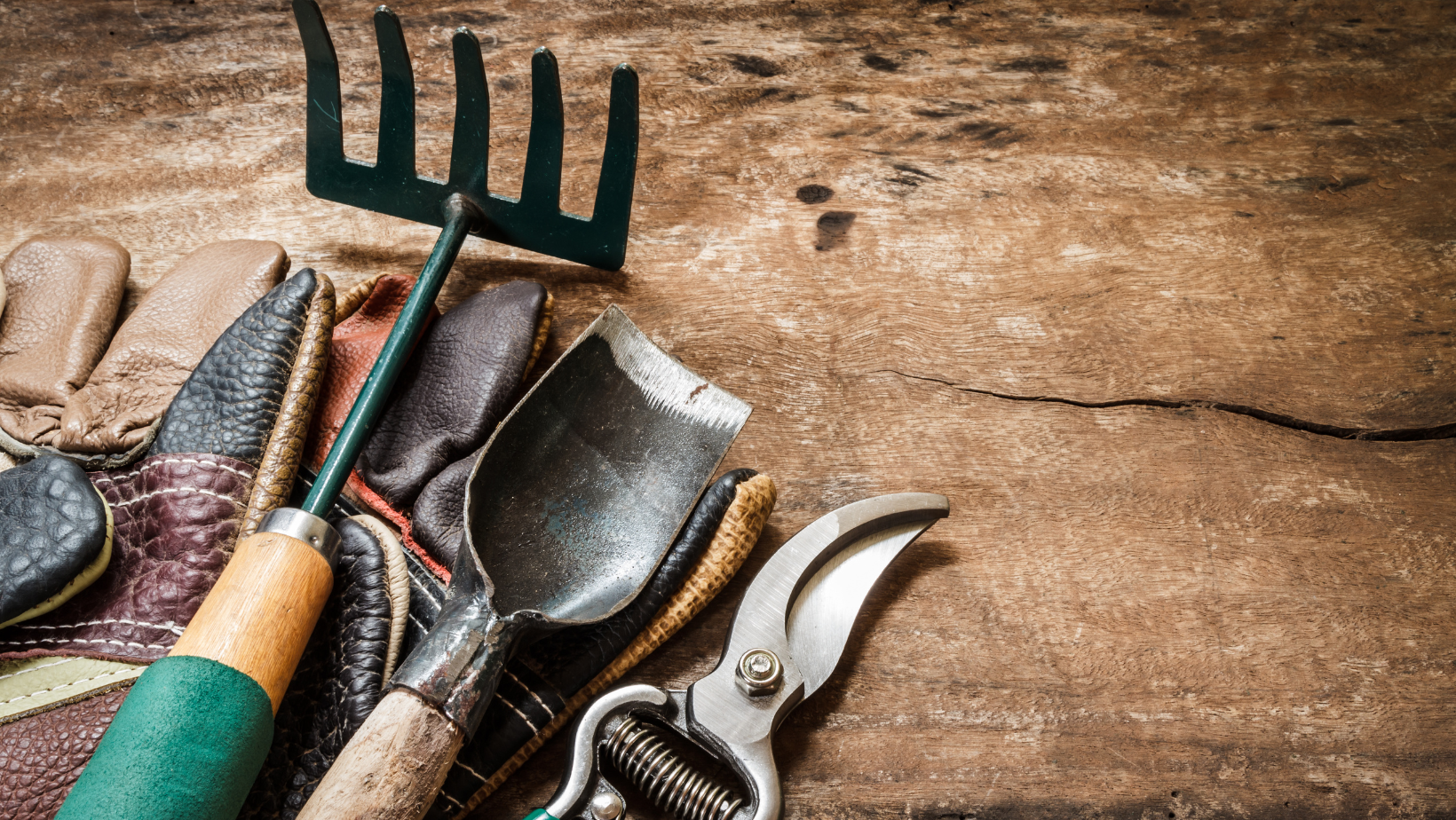Fertilizing your plants at the right time is key to ensuring their health and vigor throughout the growing season. Properly timed fertilization helps lawns stay lush, flower beds produce vibrant blooms, and trees grow strong and resilient. Below, we delve into the specific fertilization needs for lawns, flower beds, and trees, so you can give your plants the nutrients they need when they need them most.
When to Fertilize Lawns
Cool-Season Grasses (e.g., Kentucky Bluegrass, Fescue):
- Spring Fertilization (March-April): Begin fertilizing cool-season grasses in early spring. As temperatures warm, these grasses come out of dormancy and need a nutrient boost to green up quickly and grow dense, healthy blades.
- Fall Fertilization (September-October): Fall is the most important time to fertilize cool-season grasses. Fertilizing at this time helps the grass recover from summer stress and stores energy in the roots, promoting stronger growth the following spring.
- Optional Summer Application (June): A light feeding during mid-summer can be helpful, but avoid heavy fertilization during hot weather. Over-fertilizing in extreme heat can stress the grass and lead to burning.
Warm-Season Grasses (e.g., Bermuda, Zoysia):
- Late Spring Fertilization (April-May): Warm-season grasses thrive in hot weather and should be fertilized in late spring as they begin active growth. Fertilizing at this time encourages rapid green-up and supports vigorous growth through the summer.
- Summer Fertilization (June-August): Regular fertilization throughout summer keeps warm-season grasses healthy, green, and resilient. Apply fertilizer every 6-8 weeks during the growing season.
- Avoid Fall Fertilization: Do not fertilize warm-season grasses in the fall, as they are preparing to enter dormancy. Late fertilization can promote growth that won’t survive the winter frost.
Application Tips:
- Use a broadcast spreader to apply fertilizer evenly across the lawn. Follow up with deep watering to ensure nutrients reach the roots. Avoid fertilizing when the grass is wet to prevent uneven application or burning. Note: Always follow the label directions for specific guidance.

When to Fertilize Flower Beds
Annuals:
- Early Spring Fertilization (March-April): Fertilize annuals at planting time to give them a strong start. Use a balanced, slow-release fertilizer (such as 10-10-10) to support both foliage and flower development.
- Mid-Season Fertilization (June-July): After the first wave of blooms, apply another round of fertilizer to encourage continued flowering. This is particularly important for heavy feeders like petunias and marigolds.
Perennials:
- Spring Fertilization (March-April): As perennials emerge from dormancy, apply a balanced fertilizer to support root development and prepare the plant for the growing season.
- Post-Bloom Fertilization (July-August): Depending on the type of plant, another application of fertilizer after the first bloom can help replenish the plant’s energy and encourage a second wave of flowers.
Bulbs:
- Fall Fertilization (September-November): Fertilize when planting bulbs in the fall to help establish strong roots before winter.
- Spring Fertilization (March-April): Apply fertilizer after the bulbs bloom in the spring to restore nutrients and encourage bulb development for the next season.
Application Tips:
- Apply fertilizer around the base of each plant, avoiding contact with the leaves and stems to prevent burning. Water thoroughly after fertilizing to help the nutrients soak into the soil.
When to Fertilize Trees
Deciduous Trees (e.g., Maples, Oaks, Fruit Trees):
- Early Spring Fertilization (February-April): Fertilize deciduous trees before new growth starts in the spring. This helps to boost leaf development and provides essential nutrients for flowering and fruit production in fruit trees.
- Mid-Summer Fertilization (June): Younger or newly planted trees may benefit from a second dose of fertilizer in mid-summer to support growth during the hottest part of the year. However, mature trees often do not require additional summer fertilization.
Evergreen Trees (e.g., Pines, Oaks):
- Early Spring Fertilization (March-April): Fertilize evergreens in early spring to support new growth and help the trees maintain their green, healthy foliage.
- Optional Early Summer Fertilization (June): In regions with long growing seasons, a second round of fertilizer in early summer can help evergreens stay strong and resilient throughout the year.
Application Tips:
- Fertilize trees around the drip line (the outer edge of the branches) rather than directly at the base. This ensures the nutrients reach the tree’s feeder roots. Deep watering after application helps the fertilizer penetrate the soil.
Conclusion
Proper fertilization timing is crucial for maintaining a healthy garden. By fertilizing your lawns, flower beds, and trees at the right times, you ensure that your plants receive the nutrients they need to thrive throughout the growing season. Remember to follow recommended application rates and water thoroughly after fertilizing to help nutrients reach the roots.
Need Assistance? Contact Us at Green Hills Nursery
Fertilizing can sometimes be tricky, and getting it right is essential to ensure your plants flourish. If you have questions about the best fertilizing practices for your garden or need help diagnosing issues with your plants, don’t hesitate to reach out to us at Green Hills Nursery. Bring pictures or samples of your plants (preferably in a resealable bag) to help our experts identify problems and recommend the right solutions. We’re here to provide personalized advice and guidance to help you keep your garden vibrant and healthy all year round.




